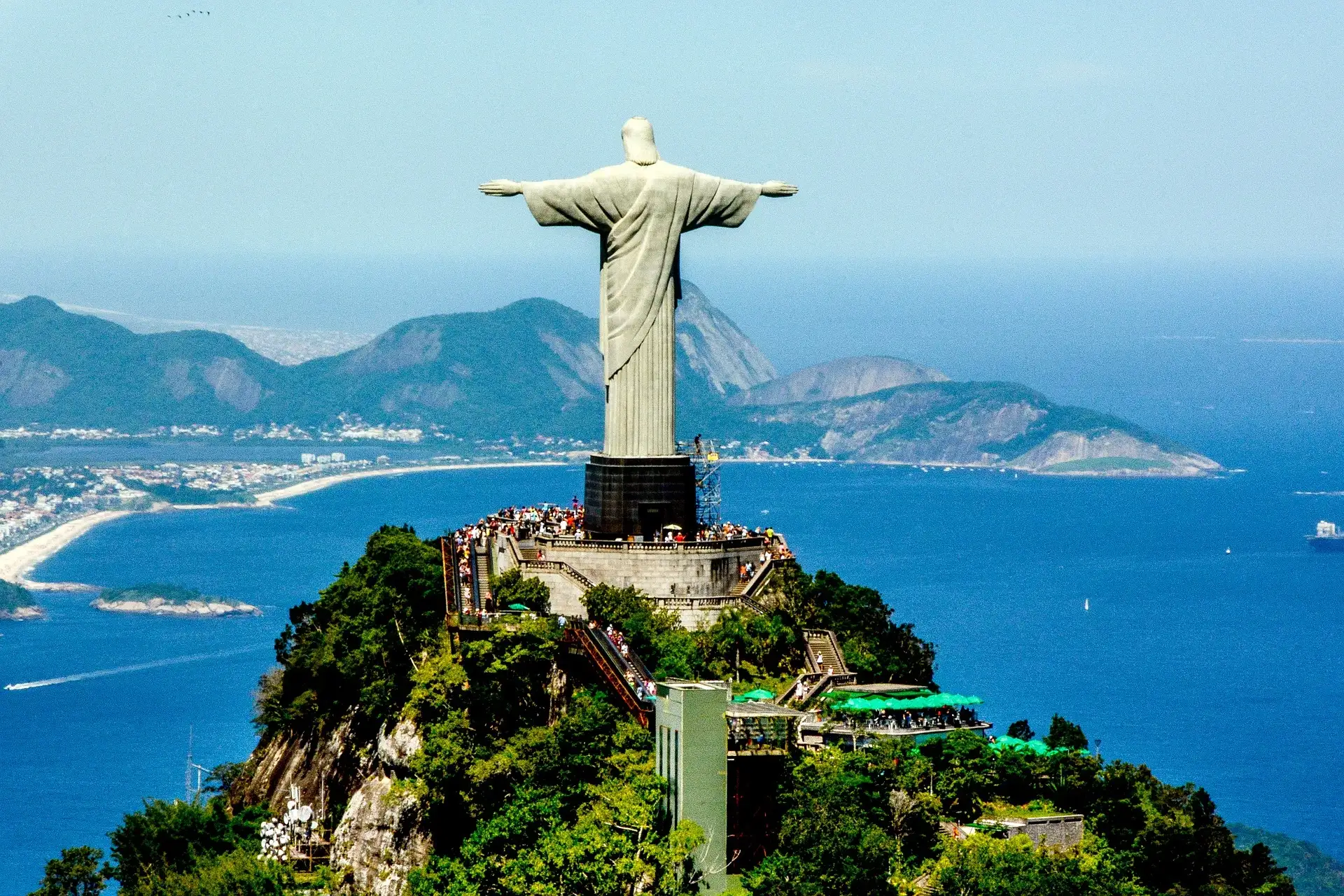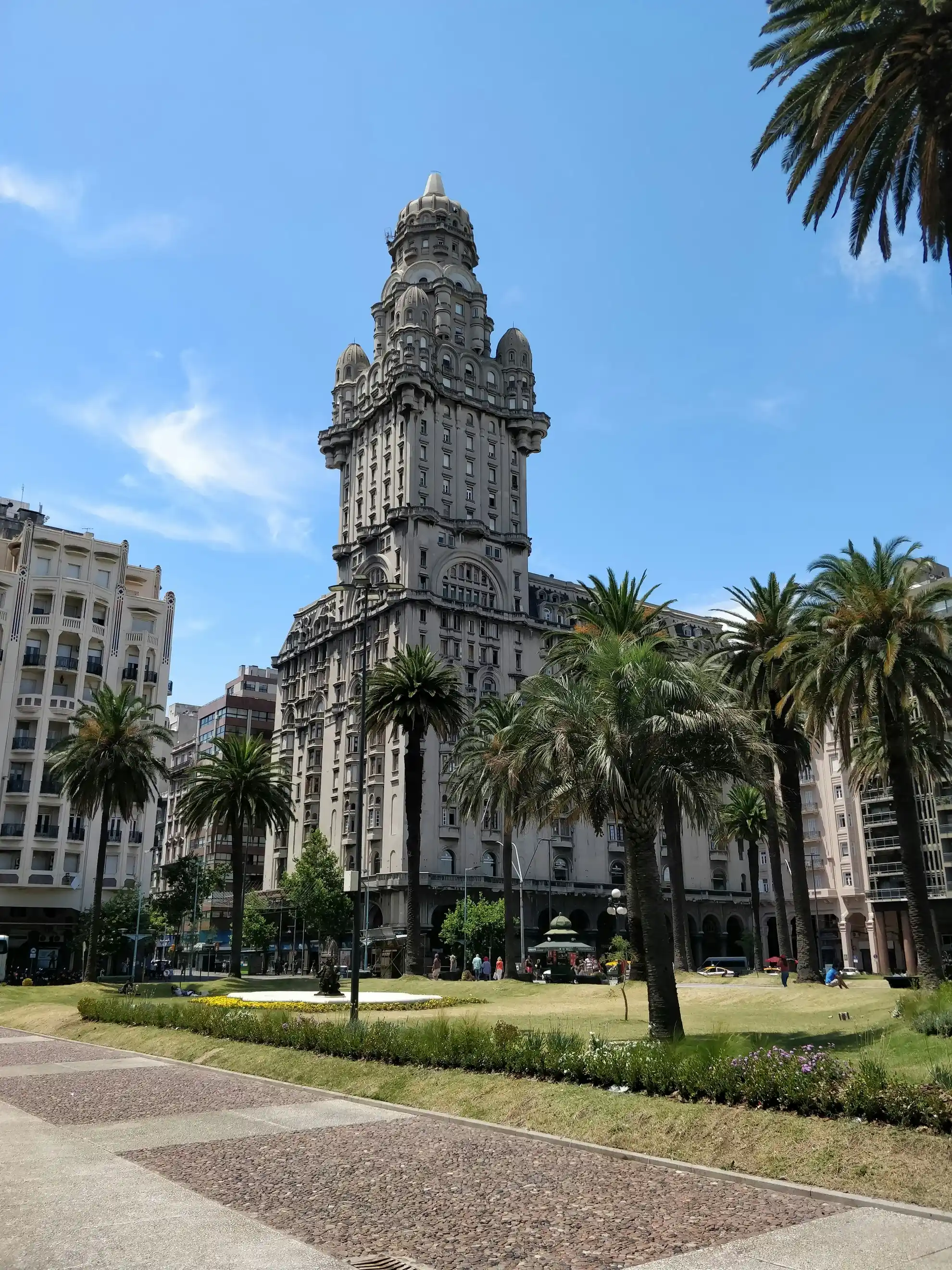eSIM Plans for Travelers to The South America - 8 Countries
Unlimited data at kbps after using
Get Connected Instantly Worldwide
Follow our proven 3-step process to enjoy seamless internet connectivity during your travels. Trusted by over 1 million travelers globally.
Ready to Stay Connected Anywhere?
Join millions of satisfied travelers who choose our reliable eSIM solutions for their international connectivity needs.
What You Need to Know About South America - 8 Countries Network
Network Coverage
urban area
• Major cities have good 4G network coverage, and 5G commercial services have been launched in six countries.
- São Paulo, Rio de Janeiro (Brazil): Full 4G high-speed network coverage in city centers and airports, with 5G services already available in financial districts and commercial centers, achieving speeds of up to 150Mbps.
- Buenos Aires (Argentina): Full 4G/5G coverage in the core area, stable signals at transportation hubs, and ongoing 5G network deployment in financial and major commercial districts.
- Santiago (Chile): Full 4G coverage, 5G network under construction, planned to cover 90% of the population.
- Lima (Peru): Stable 4G coverage in the city center with internet speeds reaching 40 Mbps in commercial areas, while suburban areas primarily have 3G networks.
- Bogotá (Colombia): The core area has full 4G coverage, 5G network testing is underway in the financial district, and signal quality is good at the airport and major tourist areas.
- Montevideo (Uruguay): 95% 4G network coverage, with pilot 5G networks already launched in major urban areas.
- Quito, Guayaquil (Ecuador): 4G coverage in city centers and airports, provided by CNT, Claro, and Movistar.
- Asunción (Paraguay): 4G coverage reaches 88% in the main urban areas, with commercial zones achieving speeds of 35Mbps, while suburbs are primarily served by 3G.
Tourist attractions and suburbs
• The main attractions have basic coverage, but the signal is unstable in remote areas.
- Amazon Rainforest (Brazil/Peru/Colombia): Visitor centers and main waterways have 4G coverage, while signal weakens or is absent in the deep forest.
- Machu Picchu (Peru): 4G coverage is available in the main visiting areas, but the signal is unstable in the mountain summit area. It is recommended to download offline maps in advance.
- Iguazu Falls (Brazil/Argentina/Paraguay): The visitor center and main roads have stable 4G coverage, while signal strength decreases in the core waterfall area.
- Galapagos Islands (Ecuador): Major islands have good 4G coverage, while remote islands only offer 3G or 2G services.
- Patagonia (Argentina/Chile): Major towns have 4G coverage, but signals are limited in remote areas; it is advisable to carry a satellite phone.
- Atacama Desert (Chile): 4G is stable in urban areas, with no signal coverage in the heart of the desert.
- Christ the Redeemer, Sugarloaf Mountain (Brazil): The viewing platforms have good 4G coverage, but signal may be affected in some areas due to terrain.
- Medellín (Colombia): Full 4G coverage in urban areas, unstable signal in surrounding mountainous regions.
- Quito Old Town (Ecuador): Unstable 4G signal in historic building areas, good coverage in open squares.
- Brasília (Brazil): The government district has full 4G coverage, while the suburbs and satellite cities have poorer coverage.
Network Usage Tips
Rainforests and remote areas
In remote areas such as the Amazon Basin and Patagonia, signals are extremely weak or nonexistent, so it is advisable to download offline maps in advance. In rural regions, 4G coverage is only 30%, with an additional 15% of areas limited to 2G coverage.
Mountainous areas and plateaus
The Andean Mountains and Patagonian Plateau regions experience unstable signals, with significant disparities in network coverage between urban and rural areas. Rural and remote areas have particularly weak network coverage.
Interior and Historical Buildings
The stone walls and underground areas in the old city can significantly weaken the signal, so it is recommended to use the network near windows or open areas.
Transnational border region
In areas close to national borders (such as the Brazil-Paraguay border or the Colombia-Ecuador border), network switching delays may occur. It is recommended to manually select a network in advance.
Unstable power supply
In some parts of South America, the power supply is unstable, and base stations may experience network outages due to power failures. It is recommended to download necessary materials in places with stable electricity, such as hotels or tourist centers.
Network Congestion Alert
During peak travel seasons (such as Rio Carnival or Machu Picchu's tourist rush), network congestion may occur around popular attractions. It is advisable to avoid using high-bandwidth applications during peak hours. The mobile phone penetration rate in Latin America has reached 133.5%, with rapid growth in 5G users, though 4G users still dominate.
Language support issues
The primary languages spoken locally are Spanish and Portuguese, with limited English support. It is advisable to download a translation app in advance.
Battery Consumption Warning
In areas with weak signals, mobile phones continuously search for networks, leading to faster battery drain. It is advisable to carry a portable charging device. Many countries have expanded network coverage and improved its quality through the integrated application of various technologies such as 4G and 5G.
Price assessment
In South America, 78% of the population in eight countries lives within 3G/4G network coverage, but there is a significant urban-rural divide (85% 4G coverage in urban areas compared to only 30% in rural areas). Mobile data pricing in these eight countries falls within a reasonable range, with basic urban plans (500MB-2GB/day) sufficient for daily needs, while remote areas may require plans exceeding 2GB to ensure uninterrupted usage. According to GSMA data, mobile data prices in South America have dropped by 55% since 2015, though network quality varies noticeably across regions. As of March 2023, eight Latin American countries—including Brazil, Colombia, Argentina, Chile, Peru, and Uruguay—have launched commercial 5G services, offering users faster connectivity. Across the Americas, 419 cities have deployed 5G, with ongoing improvements in network infrastructure.
Recommended eSIM packages relevant to you
Enjoy seamless connectivity on your travels. Choose from our diverse global eSIM plans to enhance your next journey.


